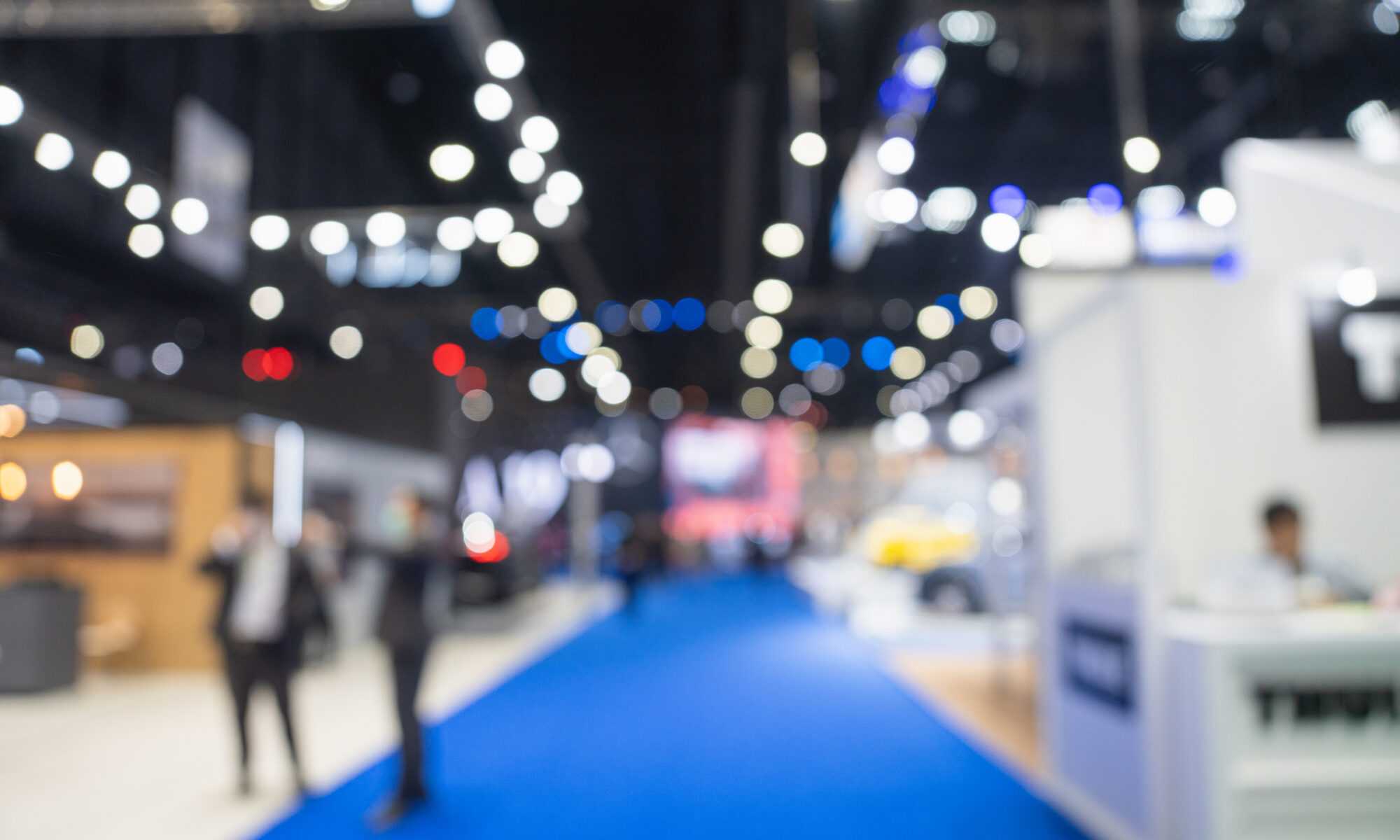On November 8th 2022, the team presented their preliminary seed grant pitches and further refined how to make a convincing and compelling story for the judges at our upcoming 2022 Research Symposium.
As presented by centre CI and Director of the QUT Centre for Robotics (acting) from the School of Electrical Engineering & Robotics, Prof. Michael Milford worked with our collaborative teams to become proficient at refining their pitches in all sorts of ways.
Prof. Milford was very supportive and encourageing bringing humour, fun, and expertise to the role to allow our team members to try their pitches for the first time and to practice in front of their peers.
When it comes to developing a grant or research project pitch, each misstep is an opportunity to rapidly refine how to tell a more compelling story and to articulate what you are aiming to do in a convincing manner.
Prof. Milford’s advice for anyone preparing a grant or research pitch is to reflect on the following questions:
– Can you define specifically what you’re proposing to do?
– Can you define it even more specifically?
– Can you define it even more more-more-more specifically (you get the gist)?
– Why should we care? Why should an expert care? Why should someone from the public care?
– List all the things you’re *not* doing in this proposal, what’s out of scope, where you simply using off-the-shelf techniques / theory / equipment etc… as why that’s not the focus
– List all the concrete outcomes of the proposal, and why and who they matter to
– Talk about why QUT / your uni / the ITTC for Joint Biomechanics is the best place to do this work
– Attempt a rough answer to the super hard question of “if this is important, why hasn’t it been solved already?” – there are lots of answers including new techniques, new emerging problem, unique research environment, etc. etc. etc.
– Talk about what the eventual (not within the scope of this proposal itself) amazing things this work could enable – painting a compelling picture
– What are the specific things you’ll achieve in this proposal that might (eventually) lead to that eventual amazing outcome?
– Talk about how your team expertise and background suits the proposed program of work
– How does this fit into any larger programs of research, and is it critically reliant on any other people / programs?
– Talk about how this project will set you up career wise for your next steps (experience, grant leadership experience etc…) How does this help you, beyond having it on your CV?
– You have half the budget and timeline. How do you adjust your proposal?
– You have double the budget and timeline. How do you adjust your proposal?
After the team practiced different pitch approaches from leading with a new technique or a problem-based approach, with Dr Wolbert van den Hoorn, Mr Maxence Lavaill, Dr Laith Alzubaidi, and Dr Bart Bolsterlee leading the way, Michael asked some tough questions and provided some extension exercises.
– If the problem is so important, why hasn’t it already been solved?
– What makes your team unique or special to solve the problem?
– How would you refine your pitch for a different audience?
Ample positive feedback was given, particularly from the phd cohort on just how useful these sessions have been. We can’t thank Michael enough for your expertise in this realm, and look forward to seeing the final products of all the team’s hard work at the Research Symposium scheduled for 25th November 2022.






















